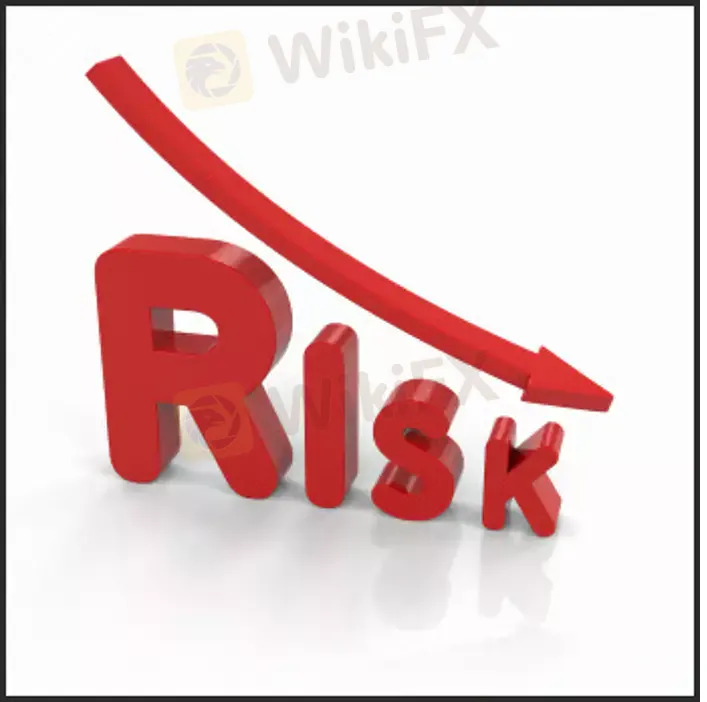简体中文
繁體中文
English
Pусский
日本語
ภาษาไทย
Tiếng Việt
Bahasa Indonesia
Español
हिन्दी
Filippiiniläinen
Français
Deutsch
Português
Türkçe
한국어
العربية
Volatility Risk
Abstract:Volatility Risk The volatility of a security is defined as the change in the asset in percentage terms on an annualized basis. Most investors are cognizant of volatility as it relates to returns on their portfolio especially if the market is moving lower. Volatility can be gauged in many ways

Volatility Risk
The volatility of a security is defined as the change in the asset in percentage terms on an annualized basis. Most investors are cognizant of volatility as it relates to returns on their portfolio especially if the market is moving lower. Volatility can be gauged in many ways and there are a number of popular matrixes that are used to monitor volatility risk.
Measuring Volatility
Most investors view volatility as a measure of an adverse move of their portfolio. In fact, volatility pertains to both upward movements in a security as well as downward movements of a security. The most common way to measure volatility is to determine the standard deviation of the returns of a financial instrument or portfolio.
The reason volatility risk is important is that investors should be paid as the risk increases. Risk is directly related to volatility and increases along with increases in the volatility of a security. There are a number of ways to measure the volatility of a portfolio which including the Sharpe Ratio.
Sharpe Ratio
William Sharpe created a formula in an effort to measure the accuracy of a portfolio relative to the volatility of the underlying returns. The Sharpe ratio measures risk-adjusted returns and divide this measurement by the standard deviation of the average-returns. This tells you how much volatility you need to accept to achieve the returns you desire. The higher the Sharpe ration the more return you receive for a specific amount of volatility. For example, a Sharpe ratio of 2 says that an investors receives twice as much return for the amount of volatility taken.
Historical Volatility
Historical volatility is measured as the standard deviations of a specific period calculated on an annualized basis. For example, a historical volatility of 30% reflects a security that has moved 30% from one point to another over the course of a year.
When a financial security has a higher volatility relative to a comparable benchmark, the security is described as having a high beta.
Beta
The beta of the security is a measurement in which the number reflects its relationship to its benchmark, with the number 1, reflecting a neutral reading. A security with a beta of 1 would move in tandem with its benchmark. A security that is less than one is less volatile than its market benchmark, while betas that are greater than 1 are more volatile than their benchmark.
Hedging
The volatility risk of a portfolio can be hedge with a number of financial instruments including options and indexes. Options are the right but not the obligation to purchase or sell as security at a specific price on or before a certain date. An option is priced based on implied volatility which assists in the process of hedging volatility risk. Implied volatility risk is known as the Vega or a security. To hedge a portfolio of stock, and invest can use a put option which give the investor the right to sell a security or index and therefore would protect the investor against an adverse move in stocks. Volatility risk is important to understand as it is prevalent in all portfolios.

Disclaimer:
The views in this article only represent the author's personal views, and do not constitute investment advice on this platform. This platform does not guarantee the accuracy, completeness and timeliness of the information in the article, and will not be liable for any loss caused by the use of or reliance on the information in the article.
Read more

The Daily Habits of a Profitable Trader
Every professional trader follows a structured approach to ensure they are well-prepared, disciplined, and able to seize opportunities with confidence. Whether you are a seasoned investor or an aspiring trader, adhering to a robust daily checklist can significantly enhance your performance. Use this checklist to check if you are a qualified trader

The Impact of Interest Rate Decisions on the Forex Market
Interest rate changes determine currency attractiveness, influencing capital flows and exchange rate trends. Understanding this mechanism helps investors navigate the forex market effectively.

How a Housewife Lost RM288,235 in a Facebook Investment Scam
A 47-year-old housewife in Malaysia recently fell victim to an online investment scam, losing a substantial sum of RM288,235 after engaging with a fraudulent scheme advertised on Facebook.

A Trader’s Worst Mistake: Overlooking Broker Reviews Could Cost You Everything
In today’s digital age, reviews influence nearly every decision we make. When purchasing a smartphone, television, or home appliance, we pore over customer feedback and expert opinions to ensure we’re making the right choice. So why is it that, when it comes to choosing an online broker where real money and financial security are at stake many traders neglect the crucial step of reading reviews?
WikiFX Broker
Latest News
The Withdrawal Trap: How Scam Brokers Lure Victims into Paying More
FCA to Investors: Think Twice Before Trusting These Brokers
Trump\s tariffs: How could they affect the UK and your money
Trump gambles it all on global tariffs he\s wanted for decades
TradingView Brings Live Market Charts to Telegram Users with New Mini App
Trump tariffs: How will India navigate a world on the brink of a trade war?
Interactive Brokers Launches Forecast Contracts in Canada for Market Predictions
Authorities Alert: MAS Impersonation Scam Hits Singapore
Stocks fall again as Trump tariff jitters continue
IG Group Acquires Freetrade for £160M to Expand UK Investment Market
Currency Calculator







